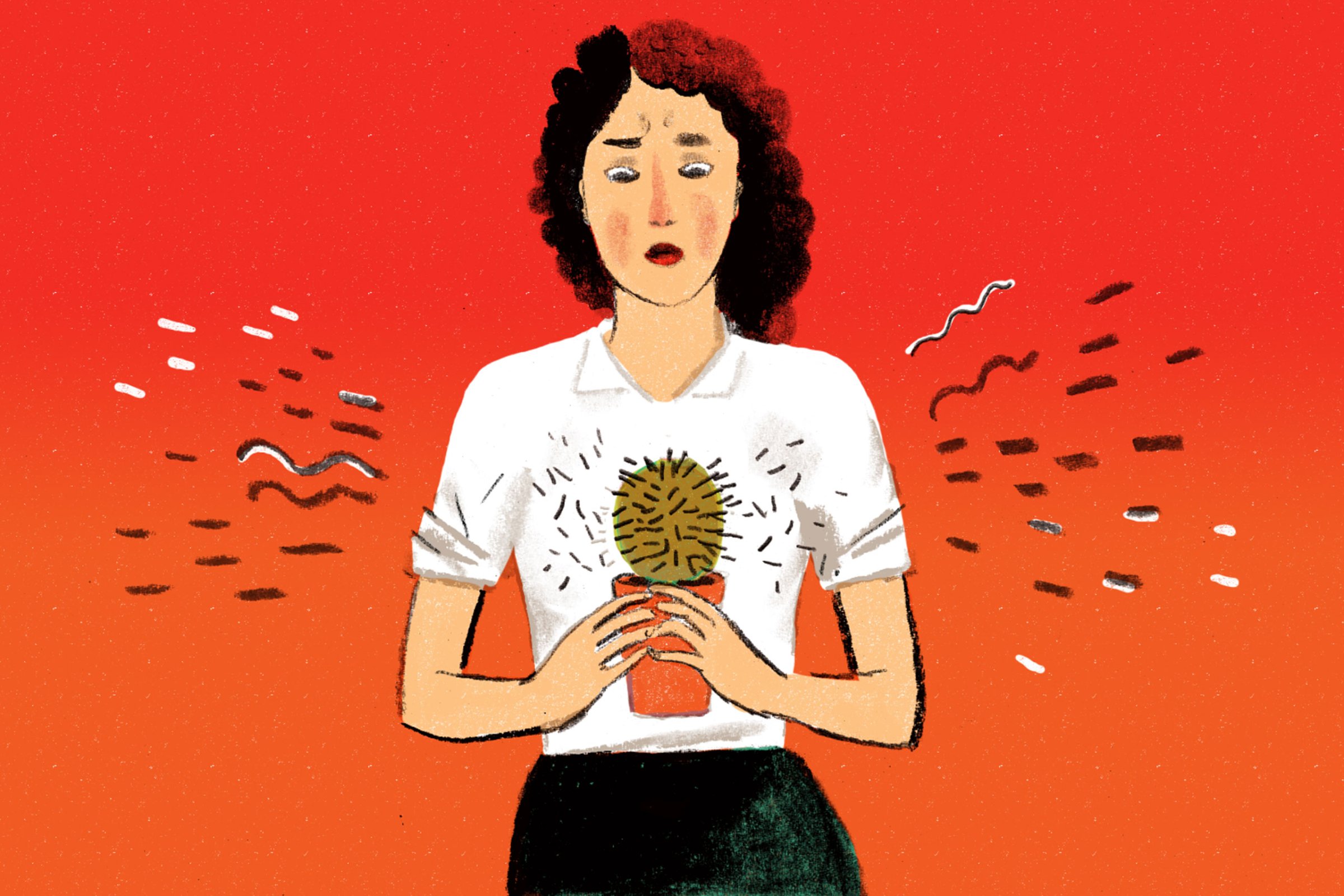
From a dull ache to a sharp stab, breasts hurt in a hundred different ways for a hundred different reasons. For many women, those myriad aches and stabs are the results of normal, healthy hormone fluctuations related to their menstrual cycles.
“Pain is most common during that period of a woman’s cycle just before she menstruates, when hormones like estrogen and progesterone peak,” says Karthik Ghosh, MD, director of the breast clinic at Mayo Clinic in Rochester, Minnesota.
You probably already knew that. But when your hormones go haywire, why do your breasts feel beat up? Rising estrogen levels stimulate the breasts’ milk ducts, while spiking progesterone does the same to a woman’s milk glands. Both can result in swelling and pain. Progesterone also causes fluid retention, which can lead to a feeling of heaviness or tenderness, Ghosh says.
With the onset of menstruation, levels of those hormones drop off, Ghosh says. For that reason, breast pain or tenderness tends to subside as soon as a woman starts her period. Because oral contraceptives iron out those hormonal peaks and valleys, women on birth control often don’t experience this monthly ebb and flow of aching. (But when women first start a contraceptive like the pill, some pain is common.)
Many women also experience cysts, which result when pockets of fluid form within the ducts of the breast. These cysts can sometimes be painful, says Dr. Susan Harvey, director of the Johns Hopkins Breast Imaging Section.
Young women in puberty, pregnant women and older women nearing menopause may all experience breast pain due to hormone fluctuations, says Dr. Bonmyong Lee, Harvey’s colleague and an assistant professor of radiology at Johns Hopkins. Particularly during the early stages of menopause, women who may have never had pain or cysts may suddenly start to experience both, Lee says.
You Asked: Your Top 10 Health Questions Answered
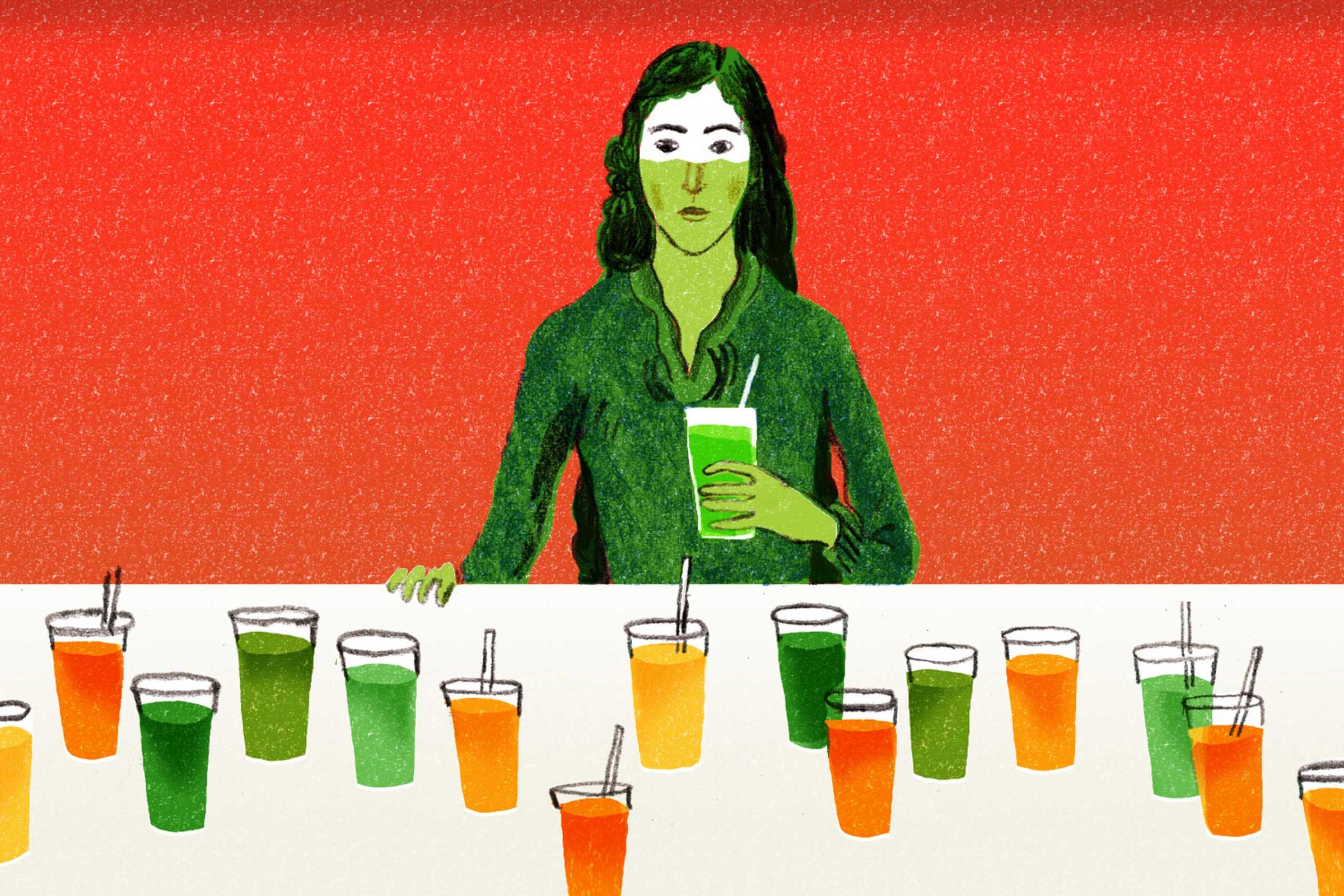

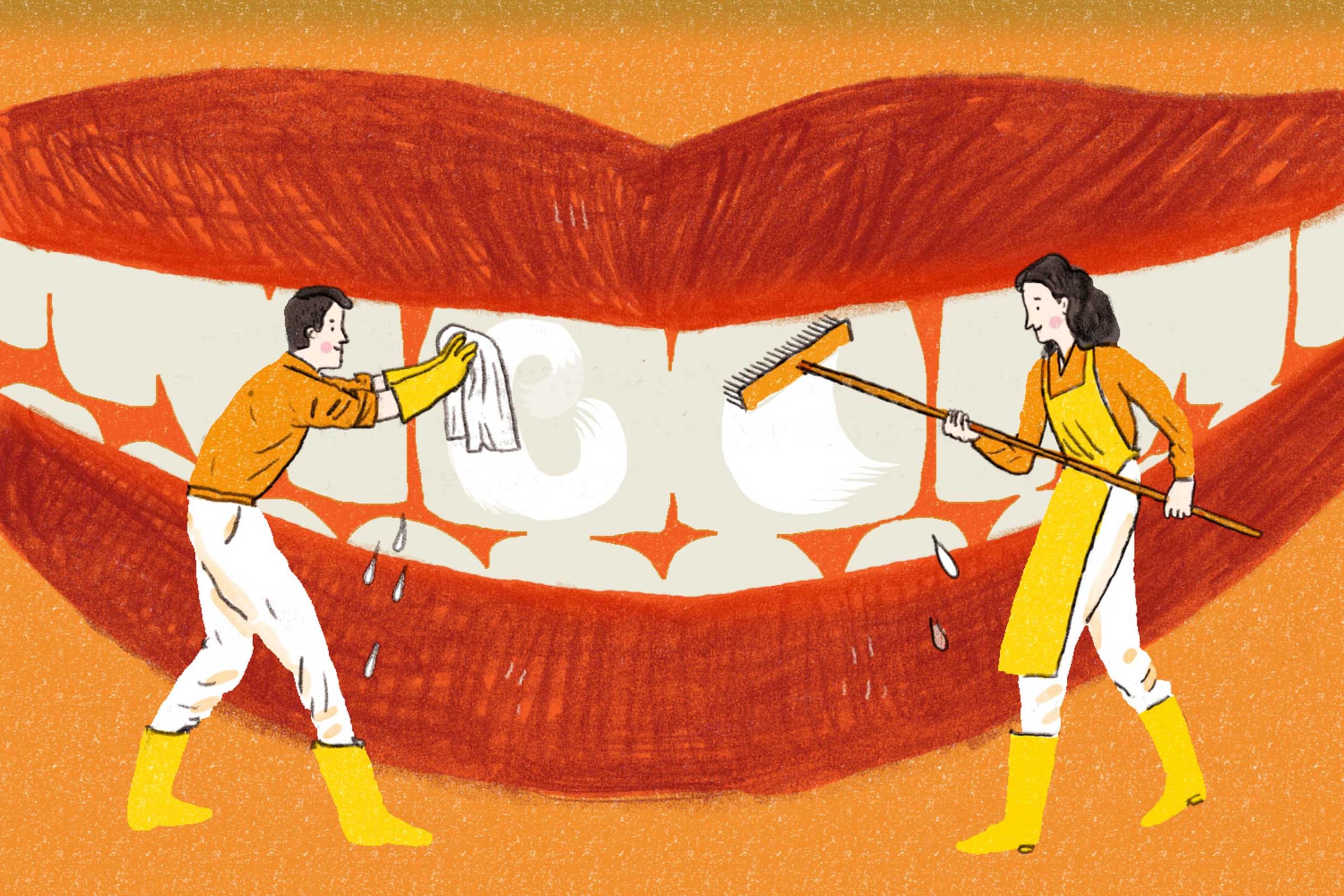

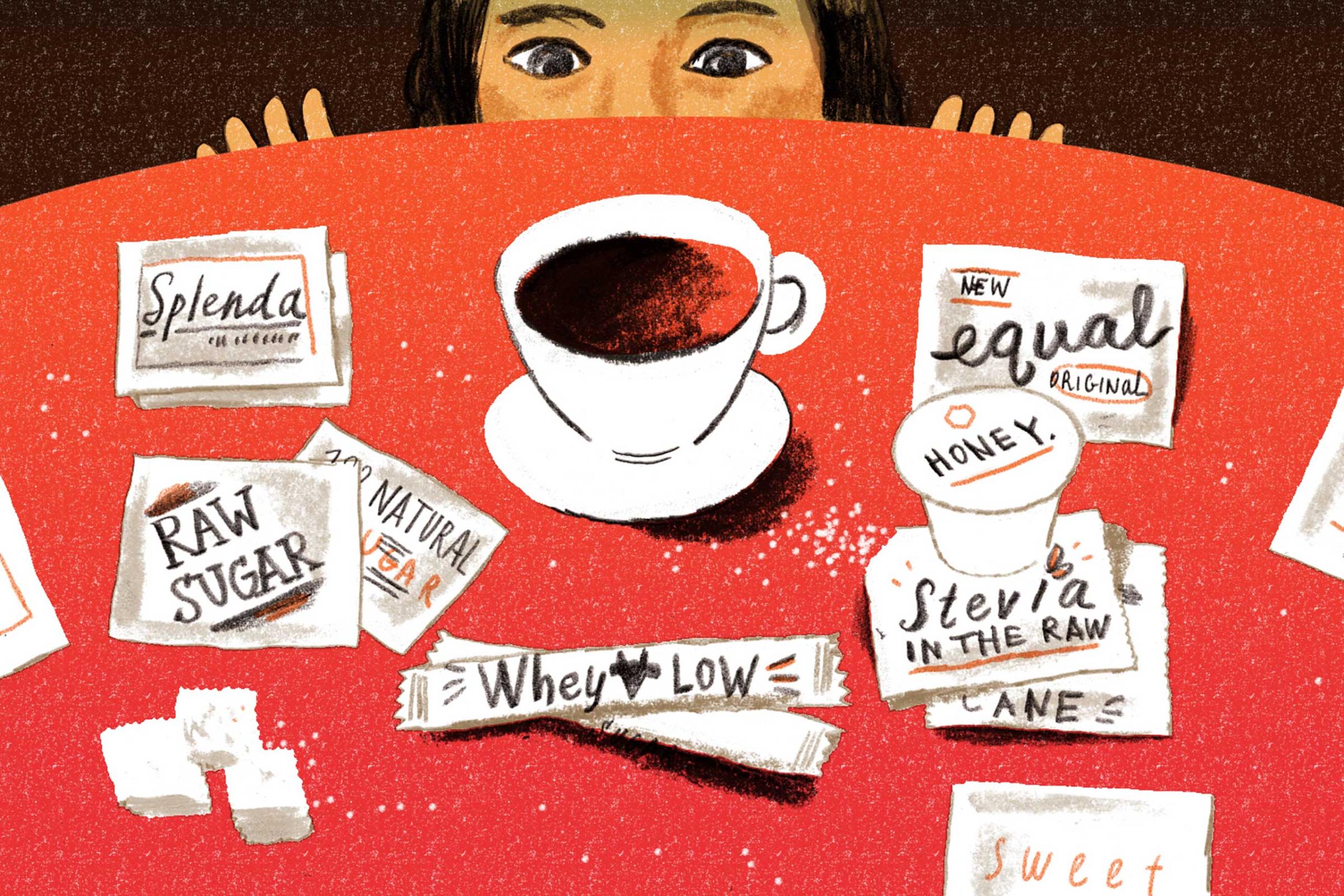

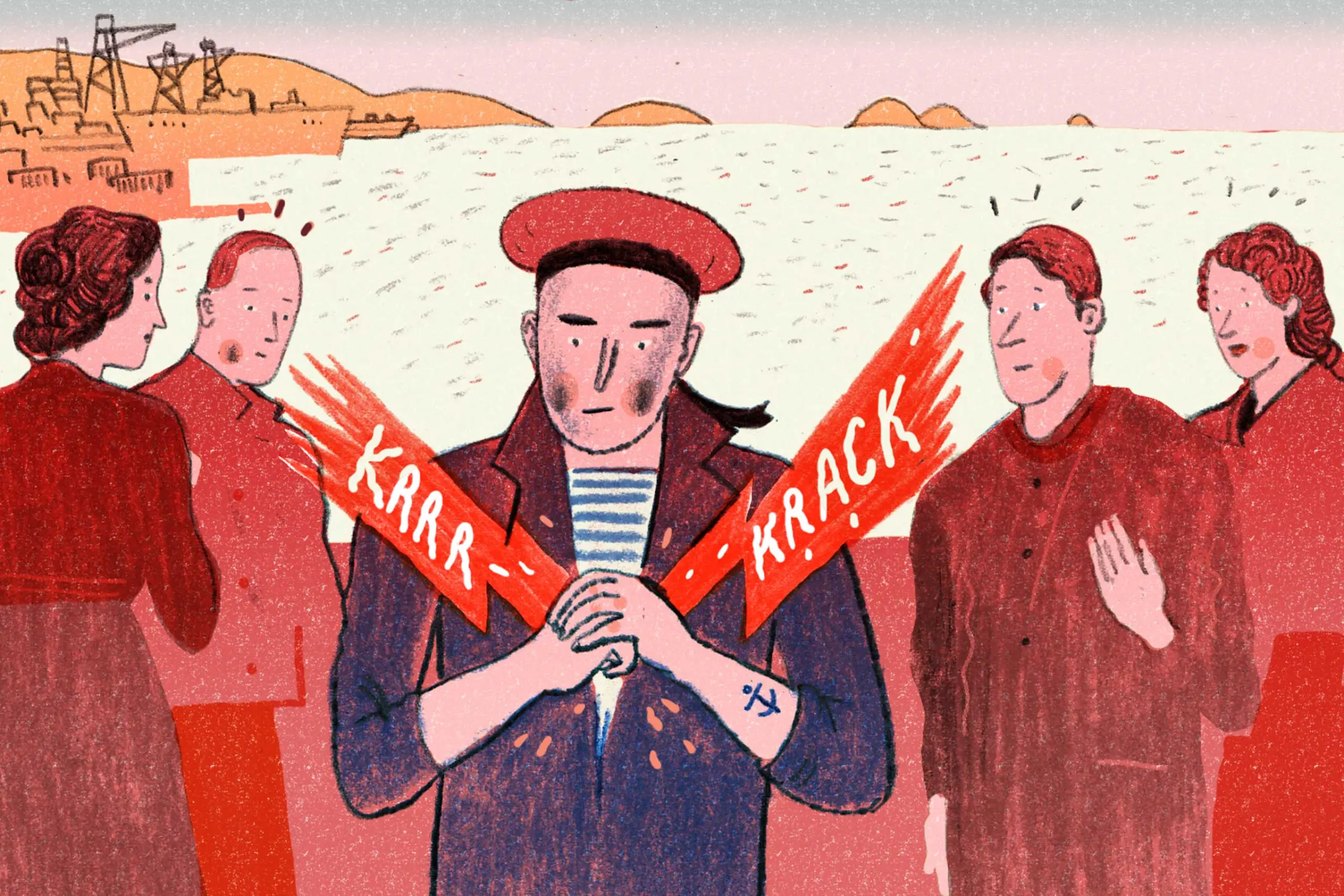

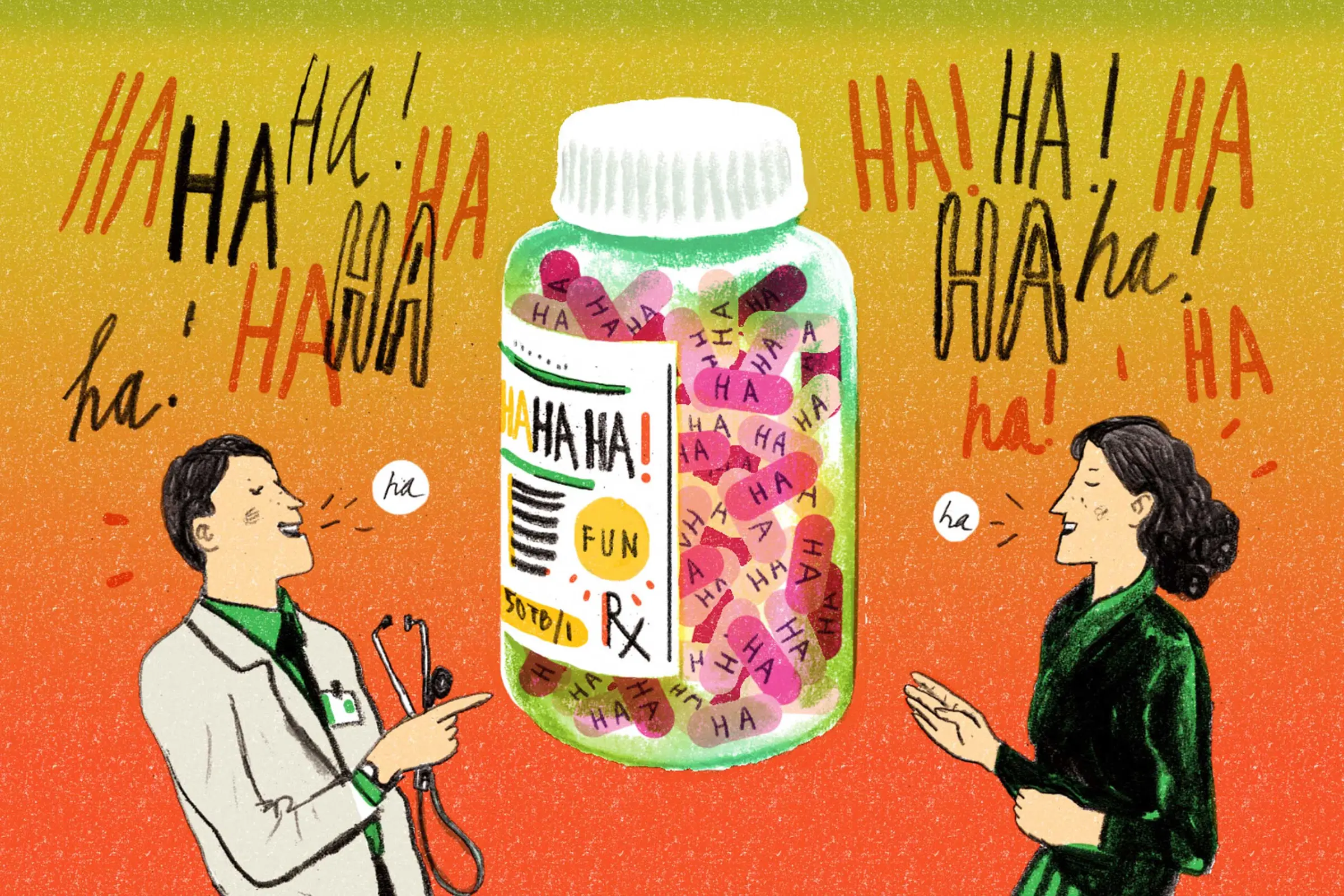

Apart from these hormone-related issues, Ghosh says anything that causes chest wall muscle soreness—like starting a new workout—can cause what’s called secondary pain in the breasts. Many women who exercise regularly experience discomfort and even pain in their breasts from the constant movement. A survey of close to 1,400 women registered for the 2012 London Marathon, published in the journal The British Journal of Sports Medicine in 2013, reported that over a third of the women said their breasts were often sore. Though exercise may not have been the cause of breast pain for all the women, the researchers say it was a predominant factor. Even so, 44% of the women said they did not take any measures to relieve the pain even though it was uncomfortable.
Pain can also be caused by a common type of inflammation, called costochondritus, which affects the place where a woman’s ribs and sternum come together. Even an unsupportive brassiere can allow the breasts to pull on the chest wall, leading to pain, Ghosh says.
One condition that tends not to cause pain is cancer. For women who may notice a lump that is sensitive or painful, it’s more likely a benign cyst, Ghosh says. Still, she recommends seeing a doctor if you find a lump, painful or otherwise.
There are several less common or unproven causes of breast pain, from infection to caffeine consumption. So how can you determine whether to worry or brush it off? If the pain is concentrated in one part of your breast and doesn’t subside after a few weeks, see someone, Harvey says. You should also visit a doctor if your skin is flushed or red, which may be a sign of an infection.
“There’s no golden rule when it comes to identifying specific types of breast pain,” Ghosh says. “If it worries you or seems out of the ordinary, see a doctor.”
Read next: Should I Dry Brush My Skin?
More Must-Reads from TIME
- Cybersecurity Experts Are Sounding the Alarm on DOGE
- Meet the 2025 Women of the Year
- The Harsh Truth About Disability Inclusion
- Why Do More Young Adults Have Cancer?
- Colman Domingo Leads With Radical Love
- How to Get Better at Doing Things Alone
- Michelle Zauner Stares Down the Darkness
Contact us at letters@time.com